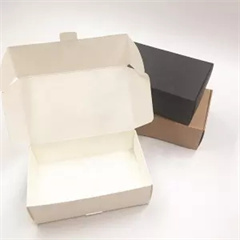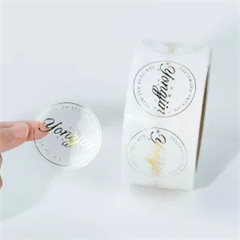The evolution of plastic pouch design has been a fascinating journey, driven by advancements in technology, changes in consumer preferences, sustainability concerns, and the need for more efficient and innovative packaging solutions. Here’s a brief overview of the key stages in the evolution of plastic pouch design:
- Early Plastic Pouches (Mid-20th Century):
- The use of plastic pouches dates back to the mid-20th century when plastic materials like polyethylene and polypropylene became commercially available.
- Early plastic pouches were simple and primarily used for packaging dry goods such as snacks and cereals.
- Introduction of Ziplock Closure (1970s):
- The 1970s saw the introduction of the ziplock closure, a significant innovation in plastic pouch design. This resealable feature allowed consumers to open and close pouches multiple times, enhancing convenience and freshness retention.
- Stand-Up Pouches (1980s):
- In the 1980s, the stand-up pouch design emerged. This design included a gusset at the bottom, enabling pouches to stand upright on store shelves. Stand-up pouches were a game-changer for product visibility and branding.
- Spouts and Nozzles (1990s):
- The 1990s brought the incorporation of spouts and nozzles into plastic pouches, making them ideal for packaging liquids such as juices, baby food, and sauces. These features allowed for controlled pouring and reduced mess.
- Eco-Friendly Initiatives (2000s Onward):
- Concerns about plastic waste and environmental sustainability prompted the development of eco-friendly plastic pouches. Manufacturers began using recycled materials and exploring biodegradable and compostable options.
- Innovations in lightweighting and material reduction aimed to reduce the environmental impact of pouches.
- Advanced Barrier Materials (2010s):
- Plastic pouches evolved with advanced barrier materials, enhancing their ability to protect contents from oxygen, moisture, and light. This extended the shelf life of products and expanded their use to a wider range of applications, including coffee and pet food.
- Customization and Printing (2010s Onward):
- Digital printing and advanced graphics capabilities allowed for highly customizable plastic pouch designs. Brands could print vibrant graphics, product information, and branding directly on pouches, enhancing shelf appeal.
- Smart Packaging (2020s Onward):
- The integration of smart packaging technologies, such as QR codes and NFC tags, allowed consumers to access product information, promotions, and interactive experiences directly from plastic pouches.
- Smart packaging also enables manufacturers to track and monitor products throughout the supply chain.
- Sustainability and Circular Economy (Ongoing):
- The ongoing focus on sustainability has led to the development of pouches made from recyclable and biodegradable materials. Brands are also designing packaging with recyclability and reusability in mind.
- The circular economy principles encourage the recycling and repurposing of plastic pouches to reduce waste and minimize their environmental impact.
- Future Innovations (Anticipated):
- The future of plastic pouch design is likely to include further advancements in sustainable materials, smart packaging, and innovative closure systems.
- Anticipated innovations may include pouches with embedded sensors for real-time freshness monitoring and pouches designed for specific waste reduction strategies.
The evolution of plastic pouch design continues to be influenced by consumer demand for convenience, sustainability, and functionality. As technology advances and environmental concerns grow, the plastic pouch industry will likely continue to adapt and innovate to meet these evolving needs.








